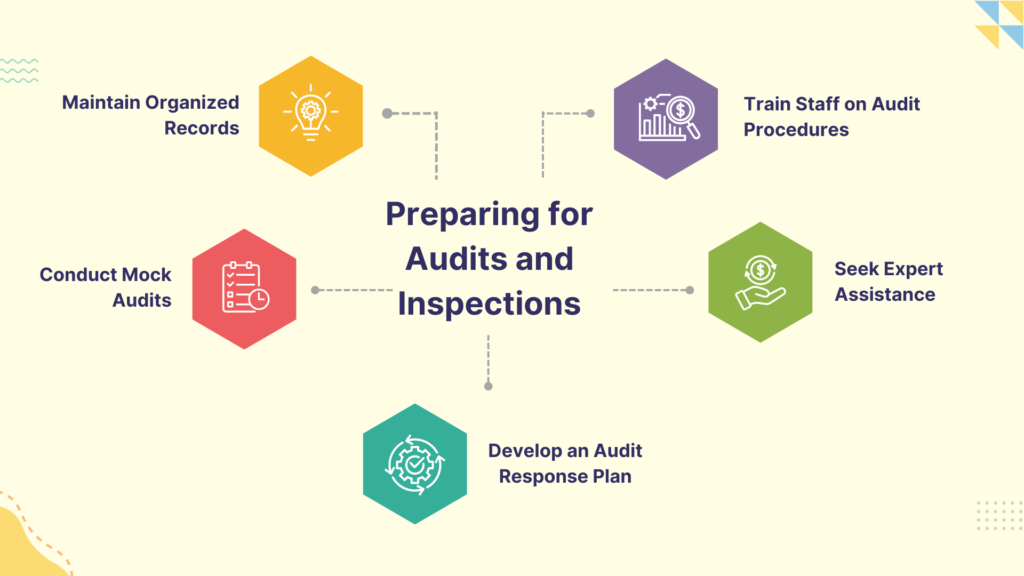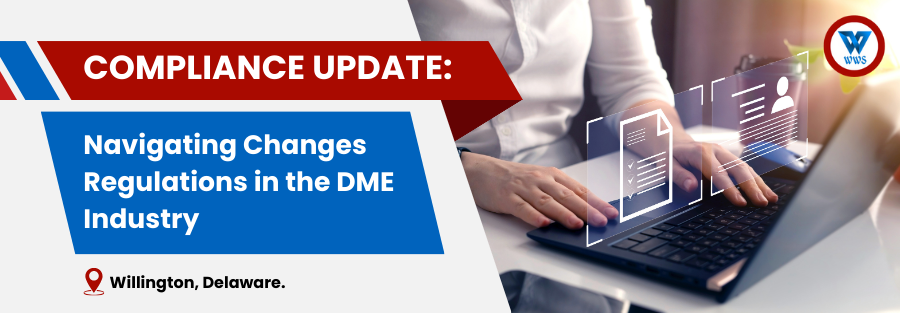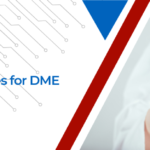In the ever-evolving healthcare landscape, Durable Medical Equipment (DME) providers face unique challenges when it comes to regulatory compliance. Staying abreast of the latest changes in regulations is not just a matter of best practice—it’s essential for maintaining operations, ensuring reimbursement, and avoiding costly penalties. This comprehensive guide will help DME providers navigate the complex world of compliance and prepare for the regulatory landscape of 2024 and beyond.
Recent Regulatory Changes Affecting DME Providers
The DME industry has seen several significant regulatory changes in recent years, with more on the horizon. Here are some key updates that providers need to be aware of:
1. Competitive Bidding Program Changes:The Centers for Medicare & Medicaid Services (CMS) has made adjustments to the Competitive Bidding Program, affecting pricing and coverage areas for certain DME items.
2. Prior Authorization Expansion:CMS has expanded the list of items requiring prior authorization, impacting the reimbursement process for many DME providers.
3. Telehealth and Remote Services:In response to the COVID-19 pandemic, regulations around telehealth and remote patient monitoring have been updated, opening new opportunities for DME providers.
4. Quality Standards Updates:Revisions to quality standards for DME suppliers have been implemented, emphasizing patient safety and service quality.
5. Documentation Requirements:There have been clarifications and updates to documentation requirements for proving medical necessity and justifying equipment selection.
Key Compliance Areas for DME Businesses

To maintain compliance, DME providers must focus on several critical areas:
1. Accreditation and Licensing:Ensure all necessary accreditations and licenses are up-to-date and comply with both federal and state requirements.
2. Medicare Supplier Standards:Adhere to the 30 supplier standards set by Medicare, covering everything from business practices to patient interaction.
3. HIPAA Compliance:Maintain strict patient privacy and data security measures in line with HIPAA regulations.
4. Billing and Coding Accuracy:Implement robust systems to ensure accurate billing and coding, preventing fraud and abuse allegations.
5. Quality Assurance:Develop and maintain a comprehensive quality assurance program that meets or exceeds industry standards.
6. Marketing and Advertising:Ensure all marketing materials and practices comply with regulations, avoiding any misleading claims or prohibited tactics.
Strategies for Maintaining Compliance in a Changing Landscape
Staying compliant in a dynamic regulatory environment requires a proactive approach. Here are some strategies to help DME providers stay ahead:
1. Establish a Compliance Team:Designate individuals responsible for monitoring regulatory changes and implementing compliance measures.
2. Conduct Regular Internal Audits:Perform routine self-audits to identify and address potential compliance issues before they become problems.
3. Invest in Ongoing Education:Provide regular training for staff on compliance matters and keep them updated on regulatory changes.
4. Leverage Technology:Utilize compliance management software to streamline monitoring, reporting, and documentation processes.
5. Develop Strong Documentation Practices:Implement thorough documentation procedures to ensure all necessary information is captured and easily accessible.
6. Build Relationships with Regulatory Bodies:Establish open lines of communication with relevant regulatory agencies to stay informed about upcoming changes.
Technology Solutions for DME Compliance Management
In today’s digital age, technology plays a crucial role in maintaining compliance:
1. Compliance Management Software:These platforms can help track regulatory requirements, manage documentation, and provide alerts for upcoming deadlines or changes.
2. Electronic Health Records (EHR) Integration:Ensure your EHR system is up-to-date and capable of meeting current documentation and reporting requirements.
3. Automated Billing Systems:Utilize advanced billing software that includes compliance checks and updates to reduce errors and ensure adherence to the latest billing regulations.
4. Data Analytics Tools:Implement analytics solutions to monitor compliance metrics, identify trends, and proactively address potential issues.
Preparing for Audits and Inspections

Audits are a reality in the DME industry. Being prepared can make the process smoother and less stressful:
1. Maintain Organized Records:Keep all documentation well-organized and easily accessible.
2. Conduct Mock Audits:Regularly perform internal mock audits to identify and address potential issues.
3. Develop an Audit Response Plan:Have a clear protocol in place for responding to audit requests and managing the audit process.
4. Train Staff on Audit Procedures:Ensure all staff members understand their roles and responsibilities during an audit.
5. Seek Expert Assistance:Consider engaging compliance consultants or legal experts to prepare and respond to audit.
Future Regulatory Trends in the DME Industry
Looking ahead, DME providers should be prepared for potential regulatory changes in areas such as:
1. Value-Based Care Models:Expect a shift towards reimbursement models that emphasize patient outcomes and quality of care.
2. Increased Focus on Data Security:With the growing use of digital health technologies, regulations around data protection are likely to become more stringent.
3. Expanded Telehealth Integration:Regulations may continue to evolve to support the integration of DME with telehealth services.
4. Environmental Sustainability:New regulations may focus on DME’s environmental impact, including disposal and recycling requirements.
5. Artificial Intelligence and Machine Learning:As these technologies become more prevalent in healthcare, new regulations will be expected to govern their use in DME provision and management.
Conclusion
Navigating the complex and ever-changing regulatory landscape of the DME industry can be challenging, but it’s essential for the success and longevity of your business. By staying informed about recent changes, implementing robust compliance strategies, leveraging technology, and preparing for future trends, DME providers can not only meet regulatory requirements but also position themselves for sustainable growth.
Remember, compliance is not just about avoiding penalties—it’s about providing the highest quality of care to patients while maintaining the integrity of your business. With a proactive approach to compliance, DME providers can turn regulatory challenges into opportunities for improvement and excellence in patient care.
References and Further Reading:
1. Centers for Medicare & Medicaid Services (CMS) – DME Center: https://www.cms.gov/Center/Provider-Type/Durable-Medical-Equipment-DME-Center
2. Office of Inspector General (OIG) – Compliance Program Guidance: https://oig.hhs.gov/compliance/compliance-guidance/index.asp
3. National Association of Independent Medical Equipment Suppliers (NAIMES): https://www.naimes.org/



